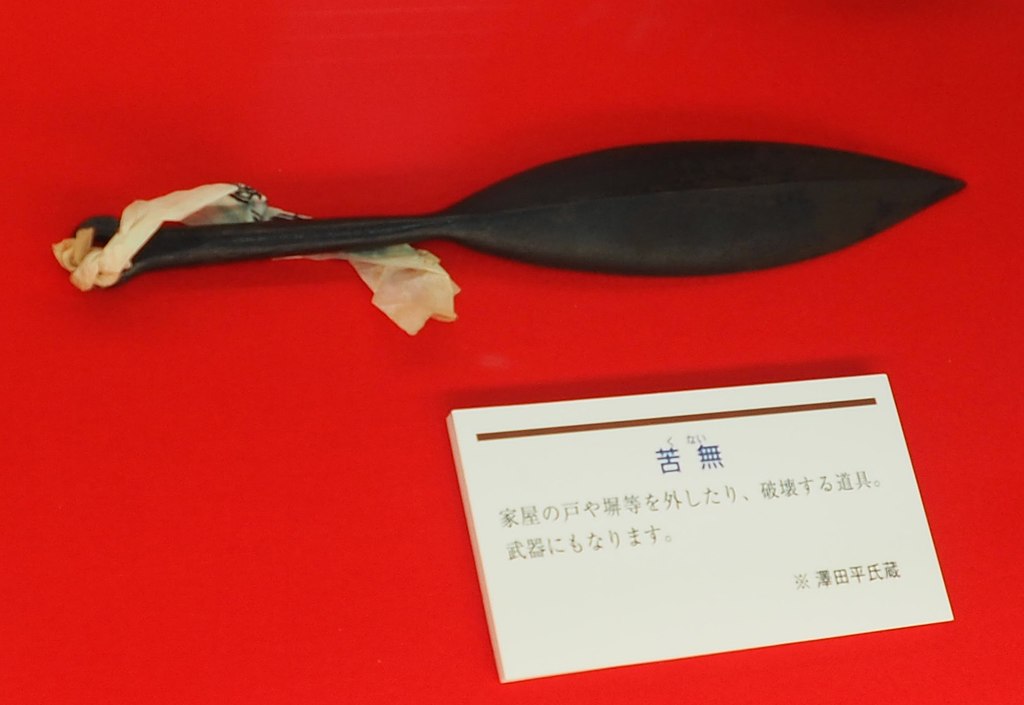Throwing knives are a fascinating mix of utility, sport, and history. They come in various designs tailored to different purposes, from combat and hunting to competition and cultural traditions. In this article, we’ll explore four unique types of throwing knives: tactical throwing knives, sport throwing knives, kunai, and Ngbaka-Mabo.
1. Tactical Throwing Knives
Purpose and Features
Tactical throwing knives are designed with functionality and durability in mind. Often used by military or survival enthusiasts, these knives are built for durability, often crafted from high-quality stainless or carbon steel, and are typically heavier and sturdier than sport throwing knives. With a design that balances functionality and throwability, tactical knives are suitable for throwing but also serve as effective tools for cutting, prying, or self-defense. Commonly used by survivalists, military personnel, and outdoor enthusiasts, tactical throwing knives prioritize practicality and versatility over precision throwing..
- Design: Rugged, often made of stainless steel or carbon steel for strength.
- Balance: They tend to be heavier and center-balanced for both throwing and utility use.
- Use: Primarily used in survival situations, self-defense, or as part of military training.
Pro Tip: Tactical knives often feature additional tools like serrated edges or handles that double as survival tools, making them versatile in the field.

2. Sport Throwing Knives
Purpose and Features
Sport throwing knife designs typically are made to adhere to guidelines set by knife-throwing organizations (such as the World Knife Throwing League) optimizing accuracy, balance, and safety, making them ideal for beginners and professionals alike. These are not typically made for extensive use outside of their intended purpose of accurate throwing on targets.
- Design: Sleek and symmetrical with blunt edges to focus on safety during practice and competition.
- Balance: Typically center-balanced for predictable rotational throws.
- Use: Ideal for both beginners and experienced throwers looking to hone their skills in a controlled environment.
Pro Tip: Beginners should opt for sport knives with a larger surface area and weight, which helps stabilize their throws.

3. Kunai
Origins and Features
The kunai, rooted in Japanese history, originated as a farming tool before being adapted for martial arts and combat. Though originally a simple tool, the kunai could become a versatile weapon in the hands of a skilled martial artist. Often linked to ninjas in folklore, it was said to be used for various purposes, including climbing walls.
- Design: Sturdy and tapered with a distinct ring at the handle’s base, used for attaching ropes or grips.
- Balance: Heavier than most throwing knives, making them suitable for both melee and throwing.
- Use: Widely used in martial arts and for traditional throwing techniques.
Cultural Insight: In popular culture, kunai are often linked with ninjas, but their practical design made them a versatile tool in feudal Japan.

4. Ngbaka-Mabo Throwing Knives
Origins and Features
The Ngbaka-Mabo throwing knife, is a traditional African weapon used by the Ngbaka people of the Congo. It’s easily one of the more uncommon types of throwing knives we see in the modern day. Mabo throwing knives, commonly referred to as ndo, served multiple roles as weapons of war, symbols of prestige, and even as currency. According to Poutrin (1910), it was customary for Ngbaka Mabo men to carry their spears and throwing knives at all times, even during periods of peace. While these knives could be used as projectiles, their primary function in battle was as hand-to-hand weapons much like many knives today.
- Design: Elaborate and multi-edged, featuring curved and pointed blades with symbolic engravings.
- Balance: Designed for short-range throws, it’s heavier and less streamlined than modern sport knives.
- Use: Traditionally used for hunting, combat, and ceremonial purposes.
Cultural Insight: Ngbaka-Mabo knives were often seen as symbols of status and craftsmanship, reflecting the artistry of their makers.

Final Thoughts
The types of throwing knives vary greatly in the world but all offer a unique blend of utility, sport, and artistry. From the modern functionality of tactical knives to the cultural significance of Ngbaka-Mabo blades, each knife type has its own story and purpose. We will continue to explore more significant throwing knife styles in upcoming articles but until then, explore your interests, practice safely, and enjoy the challenge and history of knife throwing.


